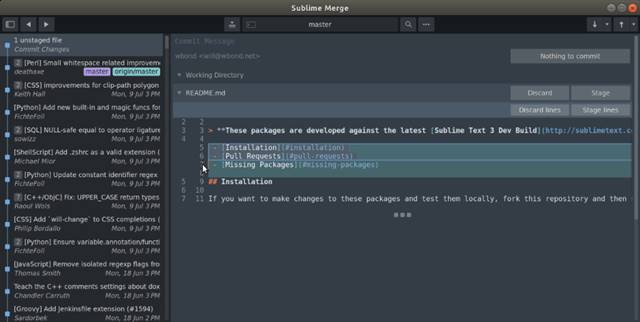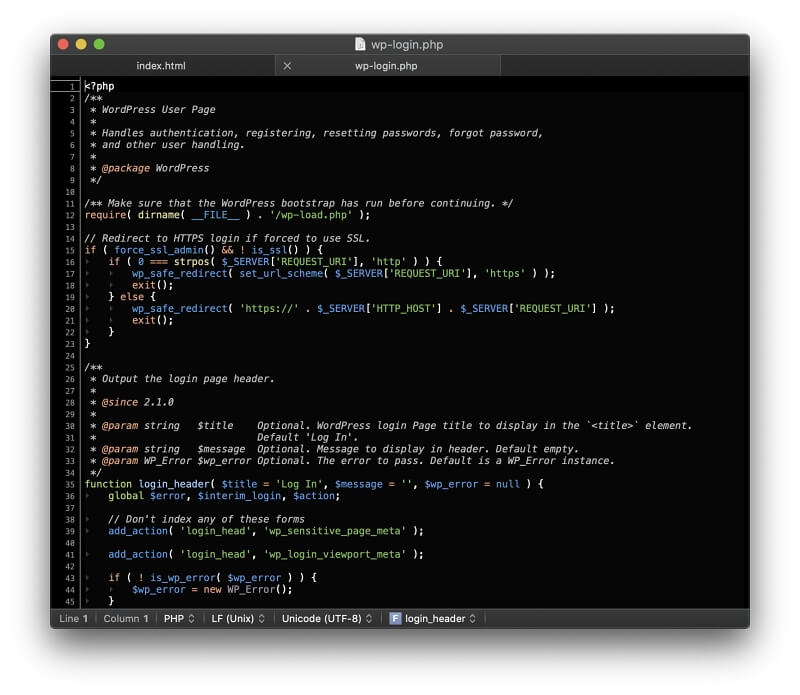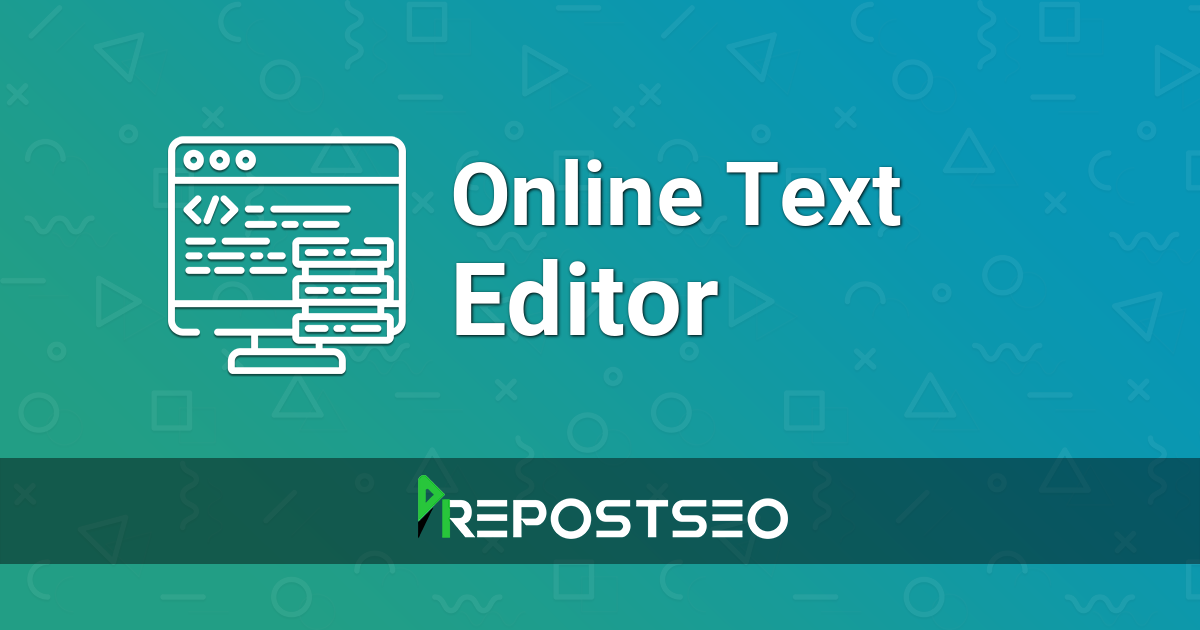

Some line editors could be used by keypunch editing commands could be taken from a deck of cards and applied to a specified file. Line editors were major improvements over keypunching. In some line editors, the cursor could be moved by commands that specified the line number in the file, text strings (context) for which to search, and eventually regular expressions. Edits were verified by typing a command to print a small section of the file, and periodically by printing the entire file. Commands (often a single keystroke) effected edits to a file at an imaginary insertion point called the "cursor". The first text editors were "line editors" oriented to teleprinter- or typewriter-style terminals without displays. It could be created by some teleprinters (such as the Teletype), which used special characters to indicate ends of records.

An alternative to cards was punched paper tape. Magnetic tape and disk "card-image" files created from such card decks often had no line-separation characters at all, and assumed fixed-length 80-character records. Physical boxes of these thin cardboard cards were then inserted into a card-reader. SVG).Ī box of punched cards with several program decks.īefore text editors existed, computer text was punched into cards with keypunch machines. Text editors are intended to open and save text files containing either plain text or anything that can be interpreted as plain text, including the markup for rich text or the markup for something else (e.g. RTF or HTML), or in a hybrid form of both (e.g. DOC), text files adhering to a markup language (e.g. Rich text can be saved in binary format (e.g. indentation, alignment, letter and word distribution, and space between lines or other paragraphs), and page specification data (e.g. typeface, size, weight and style), paragraph formatting data (e.g. Rich text, on the other hand, may contain metadata, character formatting data (e.g. In the early days of computers, plain text was displayed using a monospace font, such that horizontal alignment and columnar formatting were sometimes done using whitespace characters. Plain text is stored in text files, although text files do not exclusively store plain text. Plain text contains no other information about the text itself, not even the character encoding convention employed. These conventions define many printable characters, but also non-printing characters that control the flow of the text, such as space, line break, and page break. Each character is represented by a fixed-length sequence of one, two, or four bytes, or as a variable-length sequence of one to four bytes, in accordance to specific character encoding conventions, such as ASCII, ISO/IEC 2022, UTF-8, or Unicode. Plain text exclusively consists of character representation. Open in Drive - Opens the text file in Google Drive.There are important differences between plain text (created and edited by text editors) and rich text (such as that created by word processors or desktop publishing software).
BASIC FREE TEXT EDITOR DOWNLOAD
Download - Downloads a copy of the text file to your browser.Go to Line - Jumps to the specified line number in the text document.Find and Replace - Finds the specified text on the page, optionally replacing one or more occurrences with a new text value.Theme - Cycles through "light" theme, "dark" theme, and "blue" theme.Font size - Cycles through font sizes ranging from 10px font size to 24px font size.Whitespace characters - Toggles whether "invisible" whitespace characters are shown, for example, tab markers, spaces between words and carriage returns (line breaks).Cycles between hard tabs, soft tabs with 2 spaces, and soft tabs with 4 spaces. Cycles between displayed at 80 characters, displayed at 100 characters, and off. Print Margin - Toggle whether the print margin is displayed.Line Numbers - Toggle whether line numbers are displayed on the side of the editor.Cycles between word wrap on, word wrap to edge of editor, and word wrap to the print margin, if defined. Word Wrap - Toggle the current word wrap mode.Print - Print the current text document.




 0 kommentar(er)
0 kommentar(er)
